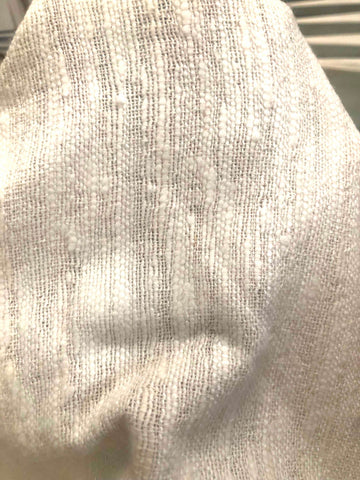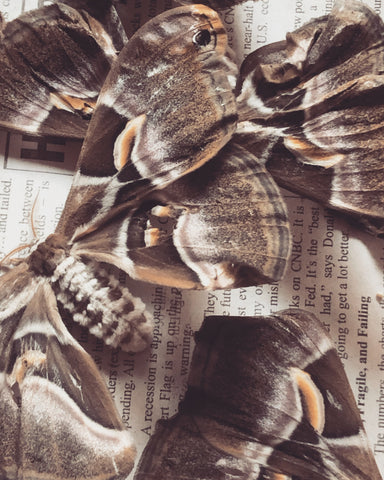Har means silk in Amharic. We love the Eri Silk type, seen below and cultivated in Ethiopia due to the perfect natural ecosystem that allows it to thrive.

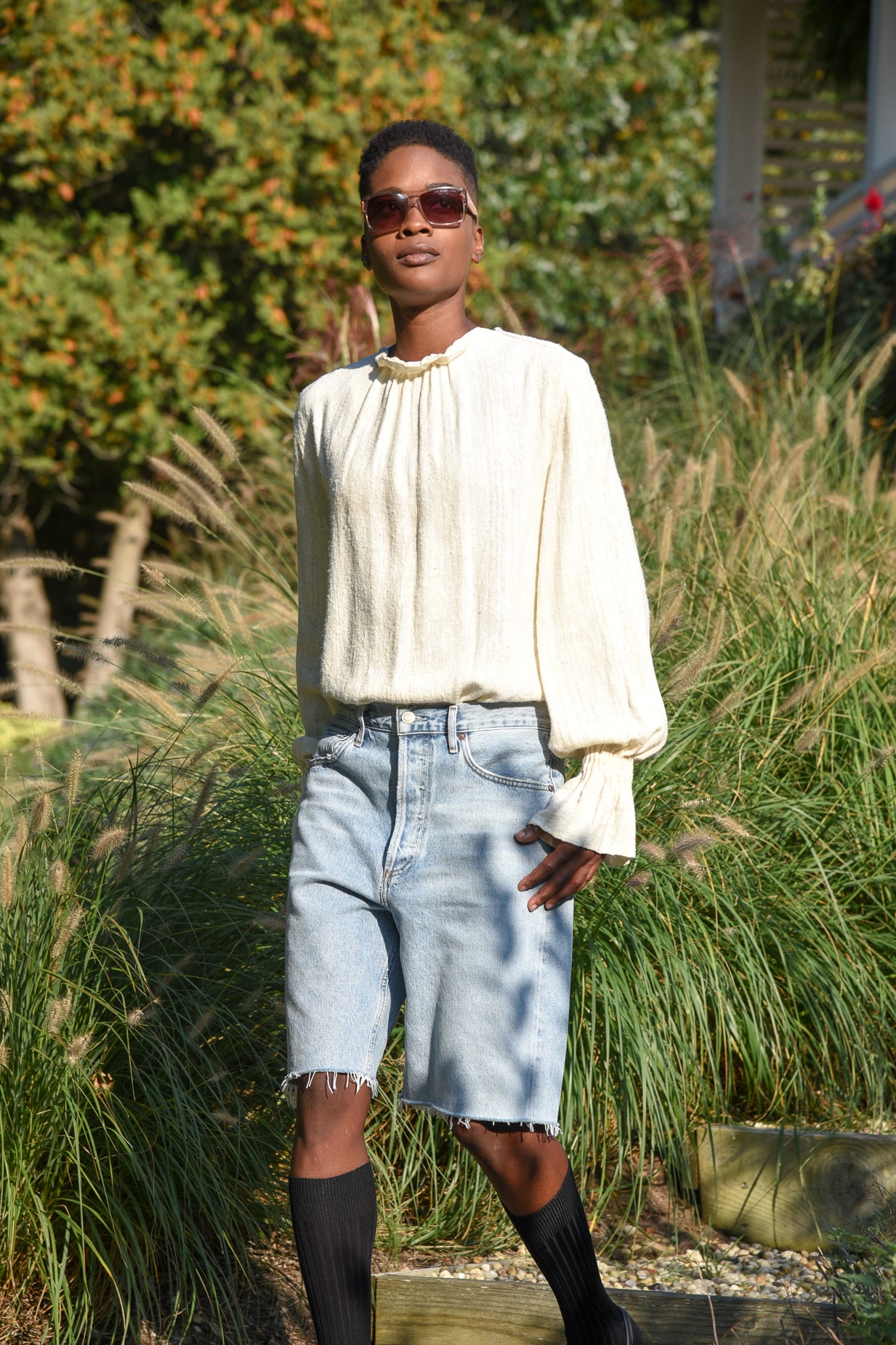

Silk has played an important role in the social and religious life of Ethiopia from the earliest days of the kingdom of Axum. Imported in large quantities from India, Arabia and China, silk fabric was unraveled in order to use the silk thread for weaving. It was stored in vast caverns in the highlands of the country. One of the hereditary titles of the governor of Shoa province was ‘keeper of the Silk Caves’ and from these stores, Ethiopian emperors would make impressive gifts of silk to the other churches in the Christendom.
There was never any indigenous production of silk until about over 20 years ago when the Ministry of Agriculture brought silk from India and trained farmers on its cultivation. Silk production can be part of a diverse household economy as income that women earn and control. As such, it is more likely than not to be allocated to the health and education of the children.
Most of the silk produced in Ethiopia is Eri silk. This is a ‘wild’ silk variety that is hearty and easy to cultivate, however it is time intensive.
Small caterpillars are fed and nurtured for forty-five days until they wrap themselves in their cocoon. These cocoons are made of beautiful, strong fibers that is silk. Some of the cocooning pupa are left to transform into moths. The moths live only five days, mate, lay eggs and die. The life cycle then begins again.
We are proud to have partnered with a member of the World fair trade organization based in Addis Abeba, Ethiopia and a champion of Women empowerment, Silk production, sustainability, Innovation, local artisanal skill and positive local employment, where women form the majority of managerial roles.
Here are the stages of Wild Ethiopian Eri Silk production :

Eri silk eggs hatch small caterpillars.
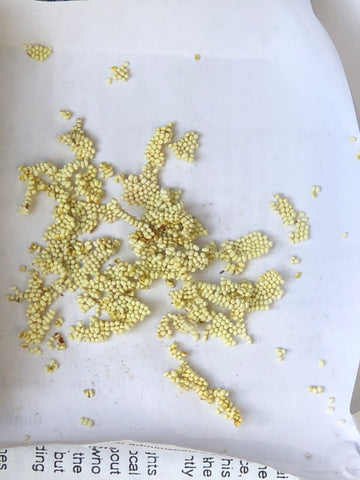
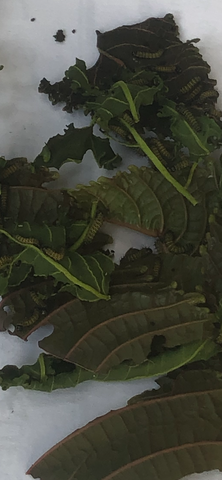
.
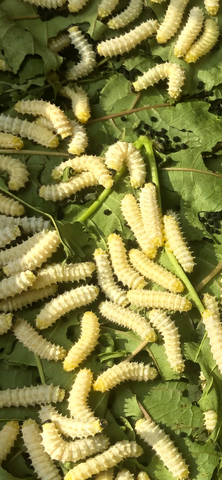
.
The caterpillars produce silk cocoons, which are then handspun into beautifully textured yarn.
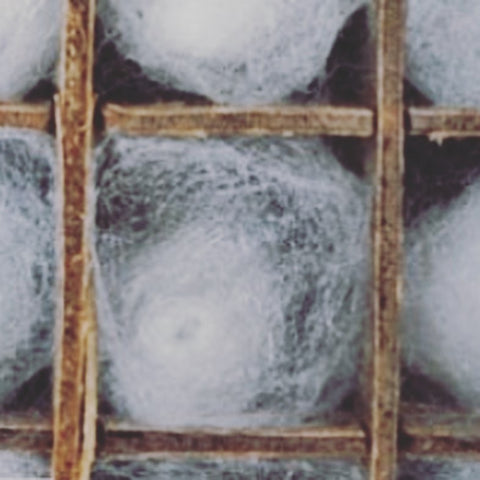
.
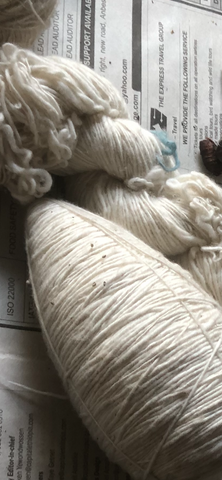
.
